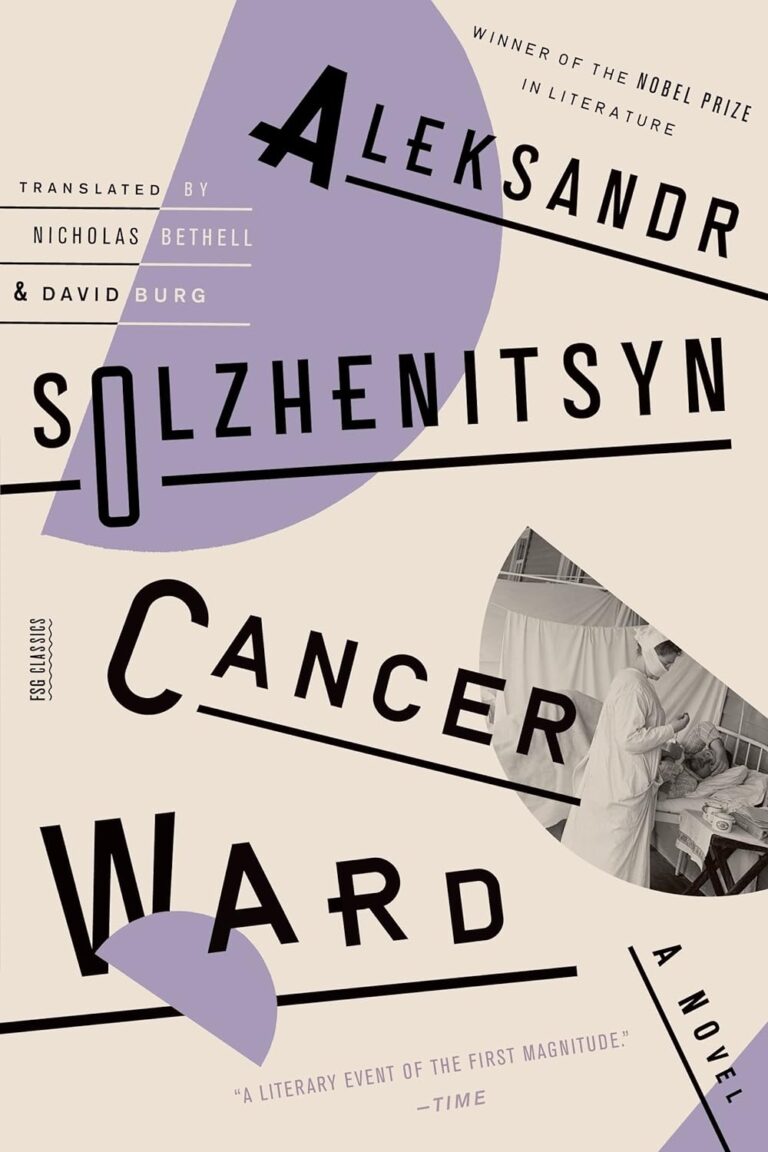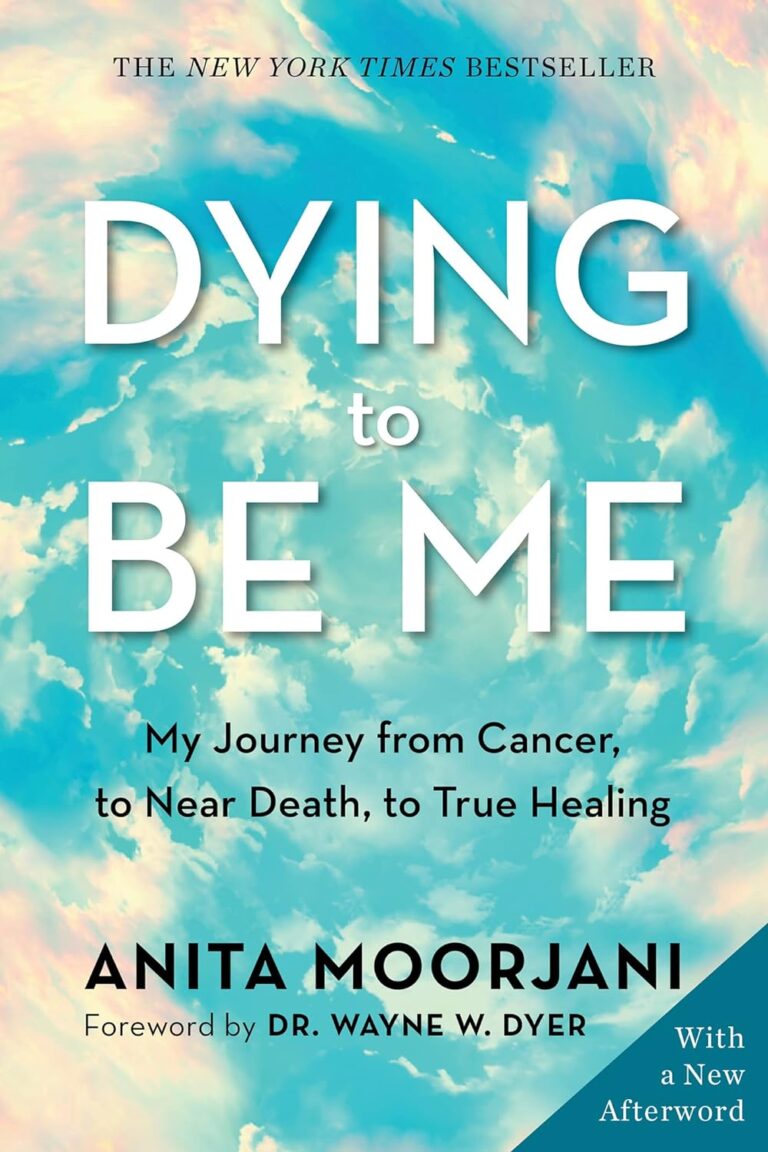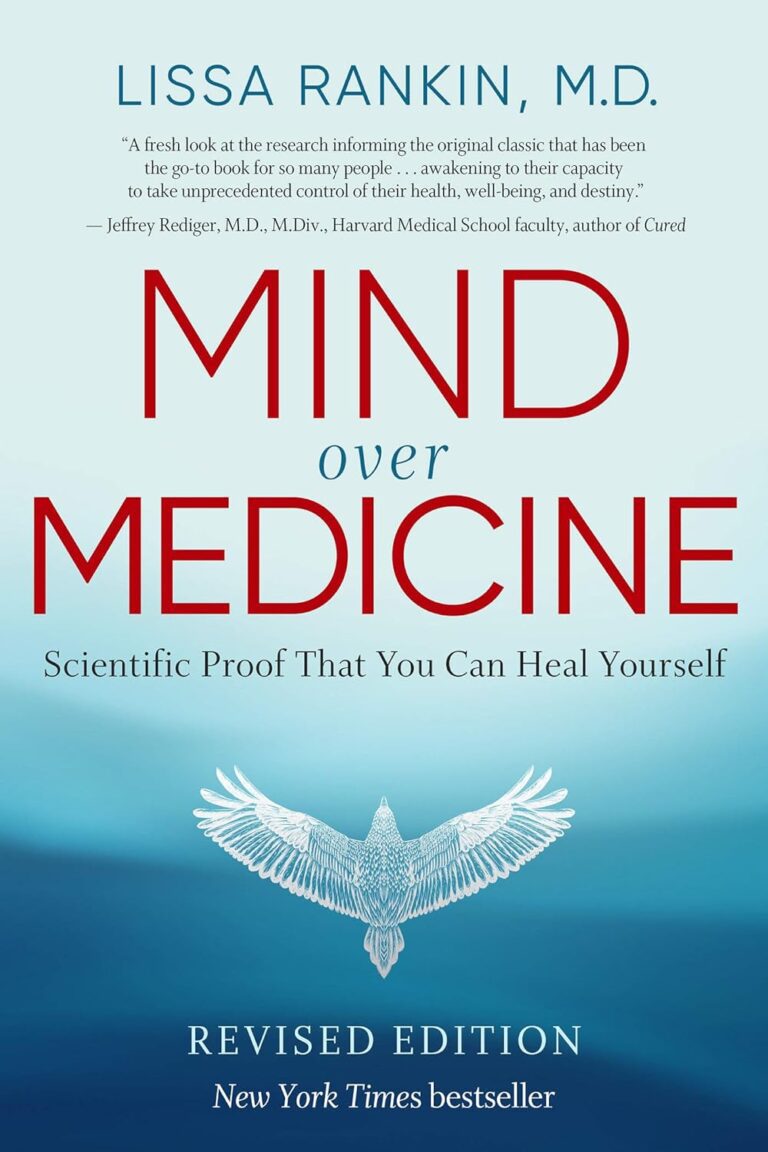
When it comes to cancer, there is no such thing as a small or insignificant diagnosis. Each type of cancer presents its own challenges, and eyelid cancer is no exception. The disease, although relatively rare, can have a significant impact on one’s life. This article aims to equip you with important knowledge about eyelid cancer, highlighting its causes, symptoms, treatments, and preventative measures.
What is Eyelid Cancer?
Eyelid cancer is a form of malignancy that affects the tissues of your eyelid. It typically begins in the skin of your eyelids but can spread to the underlying muscle, connective tissues, or even the eye itself. Let’s delve a bit deeper into its different types and the ones most commonly encountered.
We can largely categorize eyelid cancer under five main types, namely: Basal cell carcinoma, Squamous cell carcinoma, Melanoma, Sebaceous gland carcinoma, and Merkel cell carcinoma. Among these, Basal cell carcinoma is the most common type found, especially in people with fair skin or those with considerable exposure to sunlight.
Causes and Risk Factors of Eyelid Cancer
While the definitive causes of eyelid cancer are still under study, several factors are believed to increase one’s risk of developing the condition. Ultraviolet (UV) radiation from the sun or tanning beds is a well-documented risk factor. Prolonged exposure can lead to noticeable changes in the skin cells of your eyelid, potentially triggering cancerous growth.
Interestingly, lifestyle choices such as smoking or consuming alcohol can have broader health implications, including an increased likelihood of developing eyelid cancer. Furthermore, genetic factors like having a family history of the condition, or certain skin abnormalities, can put some individuals at a higher risk.
Symptoms and Diagnosis of Eyelid Cancer
Typically, the initial signs of eyelid cancer go unnoticed, mainly because they may resemble benign conditions like styes or chalazia. However, such symptoms as an eyelid lump, redness, persistent itchiness, loss of eyelashes, or a change in the eyelid’s shape, should not be overlooked. Bleeding or a spreading ulcer on the eyelid could be a more alarming sign.
Eyelid cancer is diagnosed through a physical examination of the eye and eyelid, followed by a biopsy. An Early diagnosis of Eyelid Cancer is paramount as it results in a wider range of treatment options and a higher likelihood of success.
Get to know us better
If you are reading this, you are in the right place – we do not care who you are and what you do, press the button and follow discussions live

Treatment Options for Eyelid Cancer
The most common treatment for eyelid cancer is surgery, where the surgeon removes the cancerous tissues along with a small portion of healthy skin to ensure all cancer cells are eliminated. In certain cases, radiation therapy may follow to kill any remaining cancerous cells.
Medications like chemotherapy are generally reserved for more advanced or aggressive types of eyelid cancer. Upcoming research in targeted therapies and immunotherapies for treating all types of skin cancers, including eyelid cancer, shows promising potential.
Living with Eyelid Cancer
Being diagnosed with Eyelid Cancer can be emotionally challenging. Looming anxiety, the fear of the unknown, and physical changes can burden patients with considerable distress. However, numerous support groups can provide emotional assistance, resources, and practical advice.
But having a positive mindset is critical for coping with the situation. Regular exercise, a balanced diet, persistent interaction with dear ones, meditation, and relaxation can also significantly help in managing the condition.
Prevention and Early Detection of Eyelid Cancer
While no foolproof method can prevent eyelid cancer, certain steps can be undertaken to reduce its risk. One should avoid direct exposure to sunlight, especially during peak hours, use UV-protective sunglasses, and wear hats to protect your eyelids from the harmful rays. Regular visits to an ophthalmologist can help with early detection and effective treatment of the disease.
Conclusion
In conclusion, being aware of eyelid cancer’s ins and outs, practicing preventive measures, and getting regular check-ups play a crucial role in combating this rare yet impactful disease. While it is certainly a challenging course, with the right attitude, support, and medical help, one can lead a fulfilling life even after diagnosis.
FAQs
- Wat is Eyelid Cancer and how common is it?
Eyelid cancer is a type of cancer that affects your eyelid tissues. Although considered rare compared to other types of cancer, it still significantly affects a percentage of individuals, especially fair-skinned ones exposed to excessive sunlight.
- Are there any visible signs of Eyelid Cancer?
Yes, some signs include redness, itchiness, bleeding, an eyelid lump, and a change in the eyelid’s shape or loss of eyelashes.
- What are the potential complications if Eyelid Cancer is left untreated?
If left untreated, eyelid cancer could spread to surrounding tissues, or even to other parts of your body leading to more severe health conditions.
- Can Eyelid Cancer be prevented?
While no guaranteed prevention method exists, steps like limiting sunlight exposure, wearing UV-protective glasses and regular screening can dramatically reduce the risk.
- What kind of support is available for patients diagnosed with Eyelid Cancer?
There are numerous support groups, online communities, and resources to help patients cope with their diagnosis emotionally and provide practical advice for living with the condition.

















Comments
Thank you. Comment sent for approval.
Something is wrong, try again later